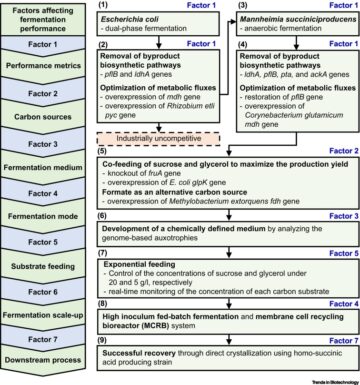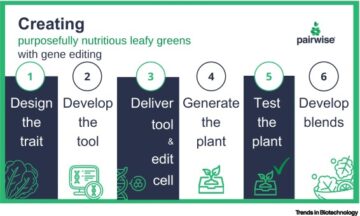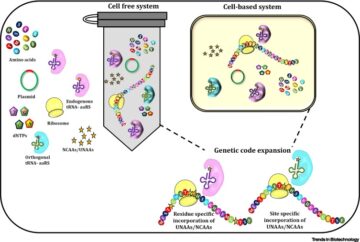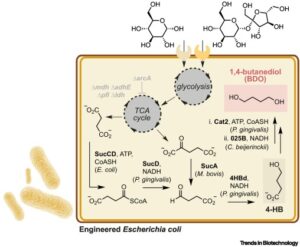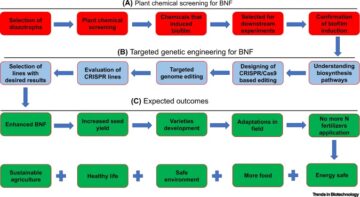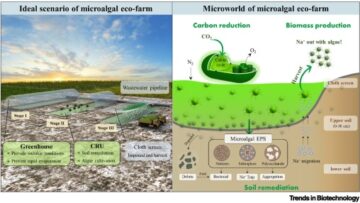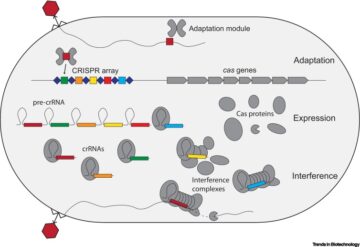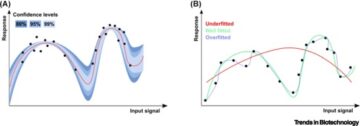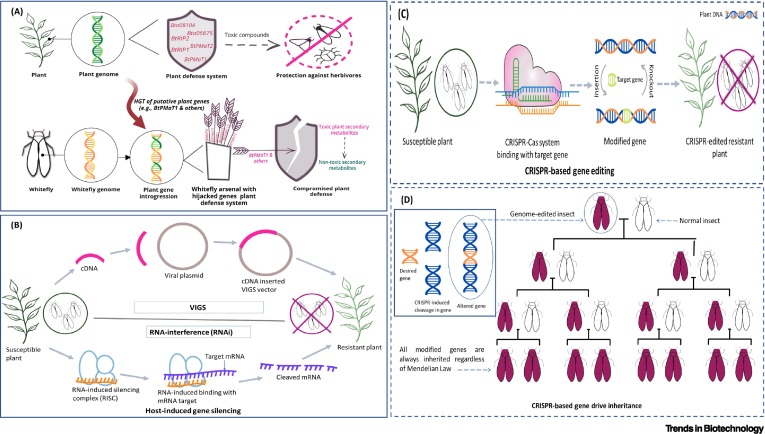
Abstract
The recent discovery of the horizontal transfer of a toxin-neutralizing gene from plant to whitefly (Bemisia tabaci), a polyphagous insect, sparked a new area of study. In this forum, we discuss some potential biotechnological applications of this newly discovered knowledge in the coevolutionary arms race between plants and whitefly.
Keywords
To read this article in full you will need to make a payment
References
-
Whitefly hijacks a plant detoxification gene that neutralizes plant toxins.
Cell. 2021; 184: 1693-1705
-
Metazoan ribosome inactivating protein encoding genes acquired by horizontal gene transfer.
Sci. Rep. 2017; 7: 1-10
-
Whitefly genomes contain ribotoxin coding genes acquired from plants.
Sci. Rep. 2020; 10: 15503
-
Multiple horizontal acquisitions of plant genes in the whitefly Bemisia tabaci.
Genome Biol. Evol. 2022; 14: 10
-
HGT is widespread in insects and contributes to male courtship in lepidopterans.
Cell. 2022; 185: 2975-2987
-
Genome-edited powdery mildew resistance in wheat without growth penalties.
Nature. 2022; 602: 455-460
-
A CRISPR-Cas9 gene drive system targeting female reproduction in the malaria mosquito vector Anopheles gambiae.
Nat. Biotechnol. 2016; 34: 78-83
-
Horizontal gene transfer of Fhb7 from fungus underlies Fusarium head blight resistance in wheat.
Science. 2020; 368: 6493
-
Horizontal gene transfer by the parasitic plant Striga hermonthica.
Science. 2010; 328: 1128
-
Stable incorporation of plasmid DNA into higher plant cells: the molecular basis of crown gall tumorigenesis.
Cell. 1977; 11 ()
-
A programmable dual-RNA-guided DNA endonuclease in adaptive bacterial immunity.
Science. 2012; 337: 816-821
-
Phenolic glycosides of the Salicaceae and their role as anti-herbivore defenses.
Phytochemistry. 2011; 721: 497-1509
Glossary
CRISPR-Cas system
CRIPSR (clustered regularly interspaced short palindromic repeats) and Cas is the CRISPR-associated protein/enzyme. It is a potent tool for genome editing that can selectively modify DNA sequences at any specific location in the genome of any organism. The system consists of two parts – the Cas enzyme and a guide RNA.
Gene drive
a self-replicating technique through which desired genetic variants can be spread through a population faster than traditional Mendelian inheritance. It is a natural process and also a genetic engineering technique that transmits a certain set of genes throughout a population by changing the chance that a given allele will be passed on to progeny. In this case, the Mendelian 50% probability is not fulfilled.
Gene silencing
regulation of gene expression in a cell to stop the expression of a particular gene is known as gene silencing. It can occur during transcription or translation. Various methods of gene silencing are used in research, for example, VIGS, RNAi, CRISPR, etc.
Monophagous
insects feeding upon only one species or genus of plants is called as monophagous. In contrast, polyphagous insect pests are primarily agricultural pests that feed on economically important agricultural and horticultural crops of wide taxonomic diversity across the globe. They cause immense damage across different crop varieties owing to their generalist and voracious food habits. Whitefly, aphids, etc. are polyphagous insects.
RNAi
a biological process in which RNA molecules take part in the sequence-specific inhibition of translation or transcription of genes by double-stranded RNA. RNAi is also known as co-suppression, post-transcriptional gene silencing (PTGS), and quelling.
Virus-induced gene silencing (VIGS)
a reverse genetic approach for analyzing the activity of genes that uses viral vectors carrying the target gene fragment to make dsRNA that starts the RNA-mediated gene silencing. Several viruses are modified to effectively and specifically silence the target gene. VIGS can successfully silence genes at the RNA level to study the functions of the target genes.
Article info
Publication history
Published online: February 02, 2023
Publication stage
In press, corrected proof
Identification
Copyright
© 2023 Elsevier Ltd. All rights reserved.
ScienceDirect
Related Articles
- SEO Powered Content & PR Distribution. Get Amplified Today.
- Platoblockchain. Web3 Metaverse Intelligence. Knowledge Amplified. Access Here.
- Source: https://www.cell.com/trends/biotechnology/fulltext/S0167-7799(23)00025-2?rss=yes
- 1
- 2023
- 39
- 7
- a
- ABSTRACT
- acquired
- acquisitions
- across
- activity
- Agricultural
- All
- analyzing
- and
- applications
- approach
- AREA
- article
- authors
- basis
- between
- called
- carrying
- case
- Cause
- Cells
- certain
- Chance
- changing
- Coding
- contrast
- corrected
- CRISPR
- crop
- crops
- Crown
- different
- discovered
- discovery
- discuss
- Diversity
- dna
- drive
- during
- effectively
- Engineering
- etc
- example
- faster
- feeding
- female
- food
- Forum
- from
- full
- functions
- genetic engineering
- genome
- given
- globe
- Growth
- guide
- head
- higher
- Horizontal
- HTTPS
- immense
- immunity
- important
- in
- inheritance
- IT
- knowledge
- known
- Level
- List
- location
- Ltd
- make
- malaria
- methods
- modified
- modify
- molecular
- mosquito
- Natural
- Need
- New
- ONE
- online
- part
- particular
- parts
- passed
- plants
- plato
- Plato Data Intelligence
- PlatoData
- population
- potential
- press
- primarily
- probability
- process
- Protein
- Race
- Read
- recent
- references
- regularly
- reproduction
- research
- reserved
- Resistance
- reverse
- rights
- RNA
- Role
- set
- several
- Short
- Silence
- some
- specific
- specifically
- spread
- starts
- Stop
- Study
- Successfully
- system
- Take
- Target
- targeting
- The
- their
- Through
- throughout
- to
- tool
- top
- traditional
- transfer
- Translation
- various
- viruses
- W
- which
- wide
- widespread
- will
- without
- zephyrnet


